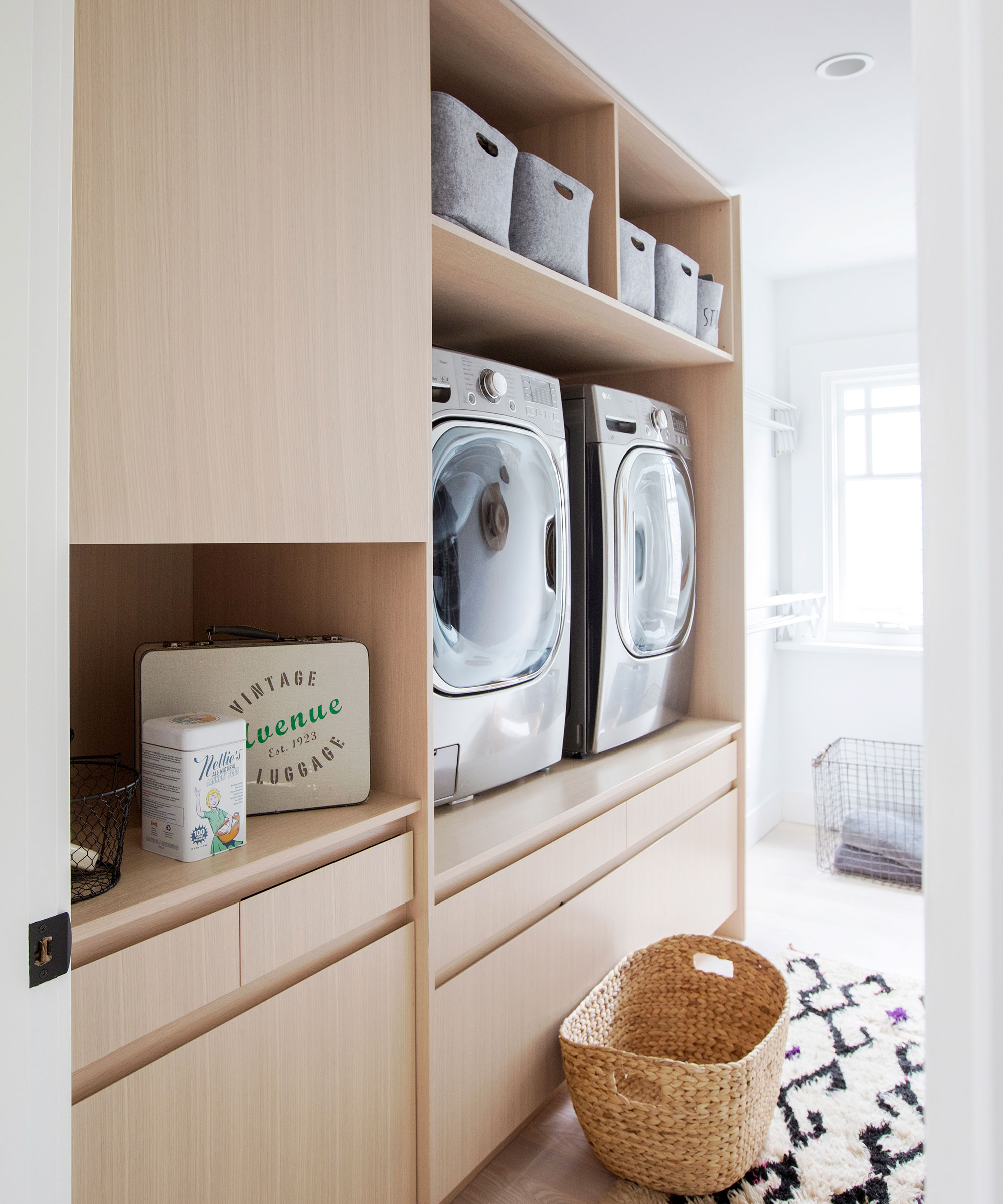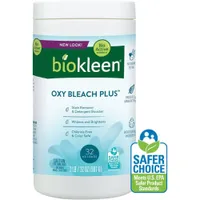5 laundry hacks to ensure white sheets stay white – and laundry stripping tips from experts
These tricks can be applied to every wash or used every once in a while to give your sheets an extra boost of brightness


Crisp white sheets can add a touch of luxury and freshness to any bedroom, but keeping them bright and clean can sometimes feel like a challenge. No matter how careful you think you're being during your laundry routine, before you know it, those pristine sheets that once looked fresh often start to take on a grayish hue.
This, however, is usually a signal that you need to try these laundry hacks to restore sheets that have discolored or keep white sheets looking as good as new long after buying them.
According to experts, these are the things people who are good at laundry always do to ensure their best white bed sheets stay just that. With these simple swaps and tricks, you can banish stains and restore sheets to a pristine white.
Laundry hacks to ensure white sheets stay white
Aside from the standard rules for washing white laundry, such as always separating your white sheets from colored ones to prevent color transfer and washing them in hot water according to the care label instructions to remove dirt and stains, these lesser-known tips are key for preserving your sheet's aesthetics.
1. Use white vinegar and baking soda

When it comes to washing white sheets, minimizing detergent residue is important to maintain their brightness. That's why switching to a more organic approach is more effective in ensuring they stay white, as they leave behind less chemical residue.
Adding half a cup of baking soda and half a cup of white vinegar during the rinse cycle helps to remove any lingering detergent residue and brightens whites naturally.
'Cleaning with baking soda along with your regular detergent can boost the cleaning power due to its natural abrasive properties that help to break down stains and residue. Adding vinegar to laundry helps to whiten the sheets as it neutralizes alkaline residue left behind by detergents that can make your sheets dull or discolored,' explains Eliana Coca, owner of E.C. House Cleaning. 'This combo not only tackles the dinginess but also is eco-friendly.'
Design expertise in your inbox – from inspiring decorating ideas and beautiful celebrity homes to practical gardening advice and shopping round-ups.
2. Opt for oxygen bleach

'Using oxygen bleach is an excellent method for keeping sheets bright and in pristine condition during the washing process,' says Waleed Sultan, a certified laundry care specialist at FAJ Technical Services LLC.
Unlike chlorine bleach, which can weaken fibers long-term and potentially cause premature yellowing, oxygen brighteners are a gentler and more eco-friendly option.
This breaks down stains and residues through an oxidation process without harsh chemicals or chlorine.
Biokleen Laundry Oxygen Bleach Plus | $18.70 from Amazon
Oxygen bleach can address any sweat or food stains as soon as possible with either baking soda or a mild enzymatic cleaner, helping to prevent issues.
3. Sun-dry whenever possible

'Whenever possible, dry your white sheets outside instead of your laundry room,' recommends Eliana Coca. 'The UV rays from the sun help to naturally bleach the fabric, improving whiteness without the harsh chemicals found in traditional bleach.'
4. Presoak sheets

Pre-soaking white sheets before a wash when washing, drying and caring for bed linen can help them to stay white as this allows cleaning products to penetrate more deeply into the fabric to loosen and remove stains, dirt, and oils more effectively. This technique is particularly effective for removing stubborn stains such as sweat or body oils, which can cause yellowing or discoloration over repeated cycles.
To enhance the whitening effect of this technique, you can add a whitening agent like chlorine or oxygen-based bleach to the soaking solution. Be careful to only use these according to the manufacturer's instructions.
5. Laundry stripping

In addition to regular washing, laundry stripping is a deep-cleaning method that can help revive dingy or heavily soiled linens, including white sheets. This process pulls out built-up residue that can dull fabrics over time, including buildup from detergents, softeners, and body oils that regular washing can miss.
This involves soaking your sheets in a mixture of hot water, borax, from Walmart, washing soda, from Walmart, and a gentle laundry detergent for several hours. This process can rejuvenate white sheets, getting them back to their pristine condition.
According to Waleed Sultan, this is the best way to strip laundry:
- Fill your bathtub or container with hot water.
- Add 1/4 cup of borax, 1/4 cup of washing soda, and a scoop of laundry detergent to the water. Stir until the powders are dissolved.
- Submerge your white sheets in the mixture, ensuring they are fully covered.
- Let the sheets soak for 4-6 hours, occasionally agitating the water to release dirt and grime.
- After soaking, drain the water and rinse the sheets thoroughly to remove any residue.
- Launder the sheets as usual in the washing machine, using hot water and a plant-based or oxo-biodegradable detergent without dyes or brighteners.
By incorporating these simple laundry hacks and trying out the occasional laundry stripping session, you can ensure that your white sheets stay bright and beautiful for years to come.

Lola Houlton is a news writer for Homes & Gardens. She has been writing content for Future PLC for the past six years, in particular Homes & Gardens, Real Homes and GardeningEtc. She writes on a broad range of subjects, including practical household advice, recipe articles, and product reviews, working closely with experts in their fields to cover everything from heating to home organization through to house plants. Lola is a graduate, who completed her degree in Psychology at the University of Sussex. She has also spent some time working at the BBC.
